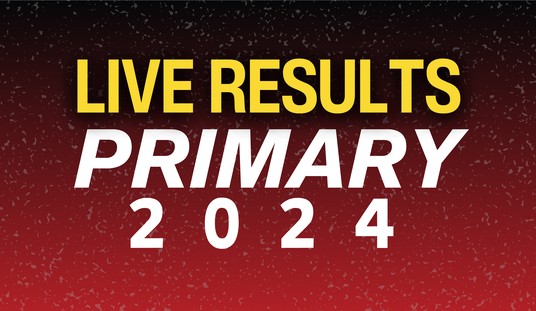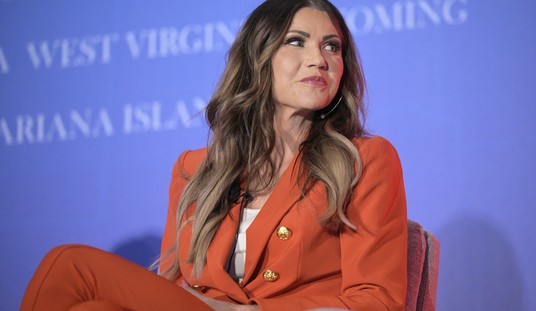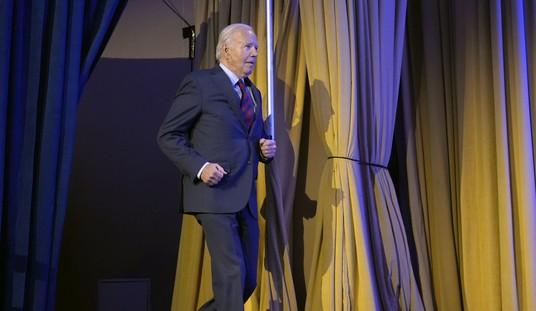Privately held student loan debt surpassed 1 trillion dollars last November. More money is owed in student loans than in privately held credit card debt. This past year, bank write-offs of student loans are up almost 35% from the previous year. Almost every single market signal indicates a growing student loan bubble is on the verge of popping. Many economists agree the student situation is very similar to the 2008 housing crisis; the student loan industry is still receiving massive subsidies and false incentives by the federal government. In order to fully understand the student loan crisis we must first look at why tuition is skyrocketing, look at cultural influences swaying kids towards college and then examine alternative methods of education that might offer solutions to the problems facing higher education.
Government backed subsidies have been one of the key reasons the cost of tuition has grown faster than inflation every year since 1981. The intention of government backed loans is to lower or control the cost of tuition as well as increase access to college for millions of young Americans. It is important to note that government primarily subsidizes the students not the universities themselves. Government gives students the cheap capital they need to attend high priced colleges. Most educational spending from the federal level goes towards increasing access to low interest loans, instead of trying tackle increasing tuition costs.
Since colleges have no trouble filling seats and getting people enrolled in their university, they have no incentive to cut costs. Until the demand for college decreases, the cost of college has no indication of going down soon. This allows universities to be exorbitantly wasteful in their pending habits for no matter how much they charge, students will continue to take out massive loans to attend their schools.
If it was not for the low interest loans offered by the government, many students would not be able to afford these highly inflated tuition costs from these universities. Looking back to the 2008 housing crisis, when we began to give loans out to people who could not afford them, we saw high rates of foreclosed homes and people not being able to make their mortgage payments. The exact same principle applies with student loans, government is incentivizing people to go to schools they cannot afford by pushing loans to people that have little chance of paying them back.
Recommended
New reforms in the student loan industry after the passage of Obamacare have credit risks among young adults much more common. Included in the Affordable Healthcare Act was a clause that allowed students to sign off on major loans without a co-sign from a parent or guardian. Without parents cosigning with their children on loans, it is up to the student to make the payments on time and be able to pay off their own student loan debt. This has resulted in massive amounts of extra loans being taken out under the students with increasing cases of non-payment.
Very few people saw the housing bubble coming, but countless economists and pundits are sounding the alarm about the upcoming student loan bubble bursting. Despite the poor governmental policy, there is always an underlying cultural aspect that we must challenge in regards to higher education. There is still a belief in the US that everyone must go to a four year university in order to be successful. This thought process is rooted in the same perverse belief as “everyone must own a home to live the American way of life.”
Make no mistake, the government created the housing bubble, just as it has created the student loan bubble. But we can’t ignore the fact that our culture has been pushing college beyond its limits the past 30 years. If we continue to fuel this idea that college is a mandatory right of passage, the bubble will only continue to get bigger, until it finally pops.
We lived through the perils of 2008. It is never pretty when a bubble bursts. But imagine being back in 2006 and knowing the bubble was coming. It is becoming more accepted that higher education is approaching a crossroads, and if we don’t approach this head on, we will live 2008, all over again.

























Join the conversation as a VIP Member